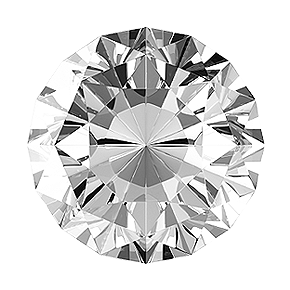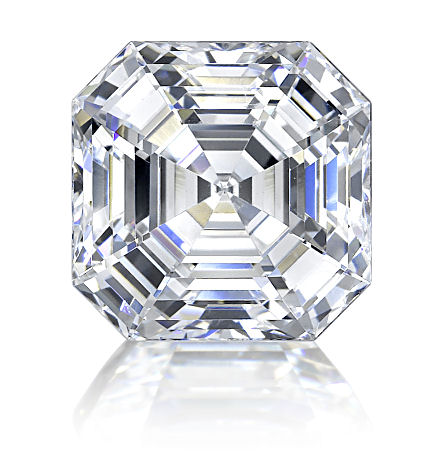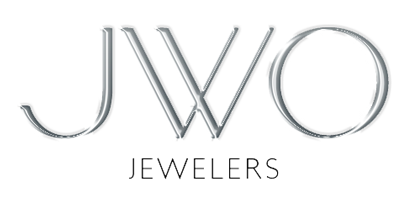What is Diamond Clarity Enhancement?
WHAT IS DIAMOND CLARITY ENHANCEMENT?
 If you’re out there looking for the best diamond for your money, then please let us know your budget and what you’re looking for. We’ll look through thousands of diamonds online and send you suggested stones to choose from that fit your needs the best, better yet, unlike Diamond Pro or other companies educating and protecting you without ever seeing you in person, we actually grew up in the business with our father and sit down with you to discuss all your needs and desires and look for the perfect diamond together!
Bottom Line Recommendation: If you are able to fully absorb the fact that a diamond is not an investment, but a retail product that you buy to look nice when placed on your loved one, then clarity enhanced diamonds are a great way to save money and get a great looking diamond.
If you’re out there looking for the best diamond for your money, then please let us know your budget and what you’re looking for. We’ll look through thousands of diamonds online and send you suggested stones to choose from that fit your needs the best, better yet, unlike Diamond Pro or other companies educating and protecting you without ever seeing you in person, we actually grew up in the business with our father and sit down with you to discuss all your needs and desires and look for the perfect diamond together!
Bottom Line Recommendation: If you are able to fully absorb the fact that a diamond is not an investment, but a retail product that you buy to look nice when placed on your loved one, then clarity enhanced diamonds are a great way to save money and get a great looking diamond.
You might not be able to get an accurate appraisal nor will you be able to insure it, or get the diamond GIA certified, as this process is not a natural one and simply allows for an affordable purchase. Cleaning out the Cavity DIAMOND CLARITY is a function of the number, size, color, and placement of INCLUSIONS in the diamond. Since theses inclusions are in essence just cavities filled with different types of materials, you can greatly enhance the clarity of the diamond by reaching those inclusions from the surface and cleaning out the cavity.
To enhance clarity further, a fascinating processes created by YEHUDA Diamonds is used to actually fill the cavity with a microscopic amount of a patented compound that makes the inclusion literally disappear to the naked eye. Diamond Pro writes great Articles to educate and protect consumers when purchasing diamonds.
 Lets take a look at the different types and stages of clarity enhancement:
Lets take a look at the different types and stages of clarity enhancement:
1) Deep Boiling:
This is the only type of clarity enhancement that is sanctioned by the GIA. This involves boiling the diamond under deep pressure in a special acidic solution. Replacing the Inclusion, Not Eliminating It This procedure only works on diamonds whose inclusions are black and reach the surface. If the inclusion cavity does not reach the outer surface of the finished cut diamond, then the acid has no way of penetrating the inclusion. Likewise, deep boiling does not fill in the cavity, it simply removes the black compound that’s filling it. So at best this procedure can remove a very noticeable black inclusion and replace it with a slightly translucent white inclusion. Cheap and Common. This procedure is so commonplace and cheap that most diamond manufacturers simply deep boil an entire production of diamonds before sorting to be sure they have removed any black inclusions that could be removed. There is no stigma whatsoever attached to this treatment.
2) Laser Drilling:
This procedure is what is done to diamonds whose black inclusions do not reach the surface of the diamond. A microscopic hole is burned with a laser beam from the surface of the diamond to the black inclusion contained within the diamond. Once a passageway has been opened up, then the diamond is deep boiled to remove the black from the inclusion. Adding a Tunnel Inclusion This procedure will leave a small, but detectably processed “tunnel” inclusion from the surface to the inclusion that was black prior to the procedure. This procedure is not sanctioned by the GIA and must legally be disclosed by anyone selling diamonds treated with laser drilling.
3) Special Laser Drilling:
This is basically the same as laser drilling, except that instead of burning a tiny “tunnel” from the surface of the diamond to the black inclusion, a microscopically thin plane is burned through the diamond until it reaches the black inclusion. Despite the fact that the ensuing laser-created inclusion is larger than the “tunnel” left behind by the regular laser drill, its appeal is two-fold. Firstly, for the unscrupulous diamond dealers out there (and there are many), the mark left is much more natural looking and harder to detect. Secondly, the flat plane inclusion is more easily filled (see next item) than the “tunnel” created by a regular laser drill.
4) Fracture Filling:
This procedure involves filling the inclusion cavity with a microscopic amount of a special formula of silicon and other compounds. This procedure works best with clear “feather” type inclusions. These inclusions are generally clean empty cavities that when filled by the special solution become nearly invisible. For Inclusions Buried Beneath the Surface This procedure is often used in tandem with “Special Laser Drilling” to reach inclusions buried beneath the surface of the diamond. As with deep boiling, you can only “fracture fill” a diamond if the inclusion you want to fill reaches the surface (otherwise, there’s no way to inject the inclusion, or “fracture,” with the solution).
For this reason, diamonds selected for fracture filling are often “special drilled” to open up the buried inclusion to the surface to allow the solution to reach it. Yehuda Diamonds This process is said to have been invented by the Israeli scientist Zvi Yehuda in 1982. His family currently runs a business called YEHUDA DIAMONDS where they sell clarity enhanced diamonds both directly on the internet and through partner stores. Like laser drilling, fracture filling needs to be legally disclosed with any purchase. Again, the GIA will not grade fracture filled diamonds. Still afraid of getting ripped off? Before you buy a diamond, get personal buying advice from industry veterans.

